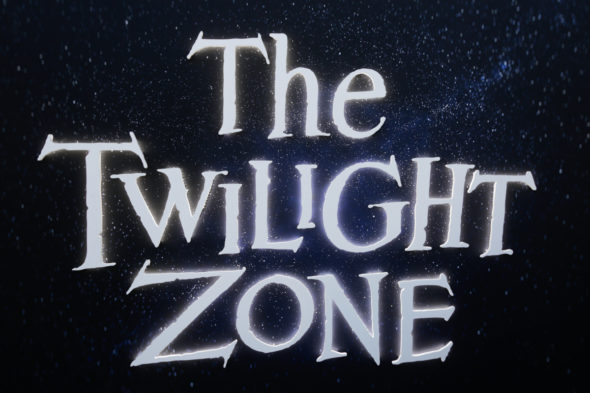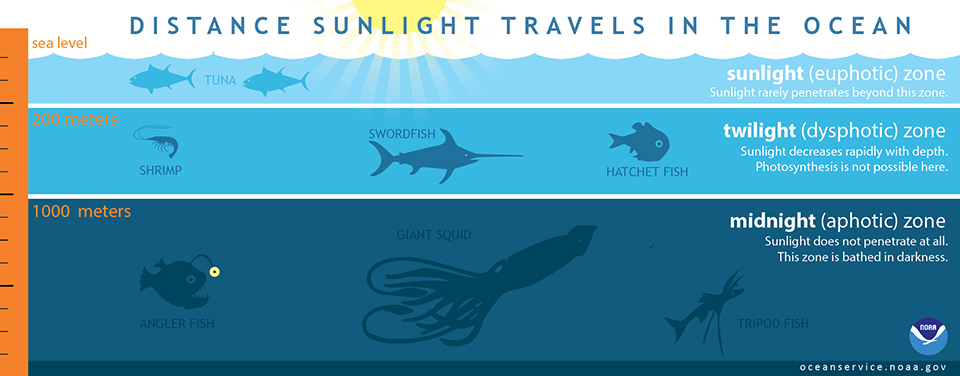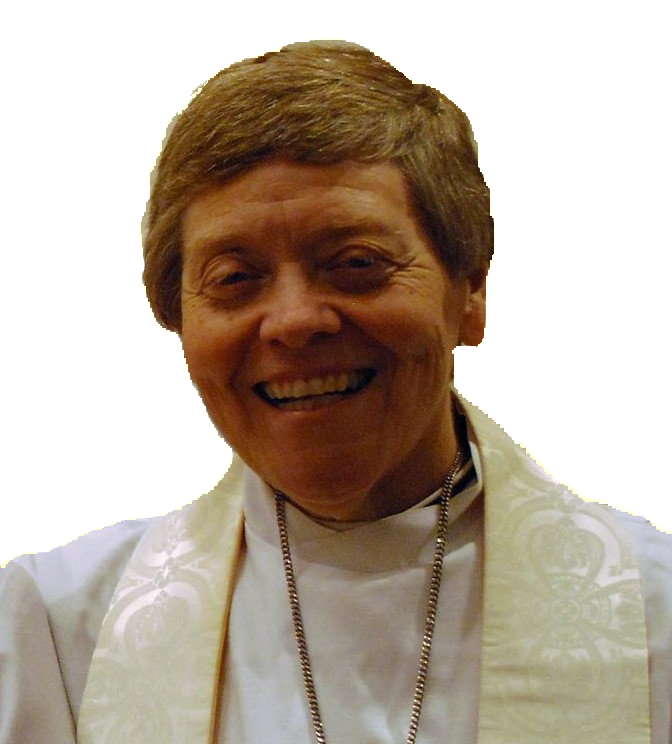Sermon 12/1/2019 “Twilight Zone”
Preacher: Jo J. Belser
Location: Church of the Resurrection at Immanuel Chapel, Virginia Theological Seminary
Text: Matthew 24:36-44
Day: 1Advent, Year A
“It is a dimension as vast as space and as timeless as infinity. It is the middle ground between light and shadow, between science and superstition, and it lies between the pit of man’s fears and the summit of his knowledge… This is an area we call The Twilight Zone.”

This was the opening narration for season one of Rod Sterling’s television show, The Twilight Zone, that aired here in the United States from 1959 to 1964. Maybe you saw one or more of The Twilight Zone’s episodes. Each looked and sounded like our everyday lives, our everyday experiences. However, there often was some kind of twist, usually at the end, that revealed an alternate state of existence, ethically or perceptually.
Here’s one example. A man bet another man—a compulsive talker—a million dollars he couldn’t stay silent for a year. The talker cheated and had his vocal cords surgically removed. But when he went to collect his bet after a year of silence, he discovered the man who was to give him a million dollars had died.
Whether or not you saw The Twilight Zone, I’ll bet you have heard and maybe even used the expression “twilight zone.” When we say we are in a “twilight zone,” we mean things aren’t as they appear in ways we can’t logically explain. Or they aren’t right, ethically speaking.
Maybe you don’t know, though, where Rod Sterling got the expression “twilight zone.” The real twilight zone in our world is the furthest down in the depths of the ocean that sunlight reaches. Way down there’s darkness. Way up, light, But the “twilight zone” is the in-between space, the space between full dark and full light.

I’ve been thinking about the twilight zone this week. Spiritually speaking, we exist in a twilight zone. We name these zones of dark and light and the murky area in between each week in our liturgy. We say something like this during worship, “Christ has died. Christ is risen. Christ will come again.”
“Christ has died” is the dark part of our human existence, as was the time before Christ was born in Bethlehem all those millennia ago. “Christ will come again” is the light of our material existence, our hope for our eternal future. The middle part, “Christ is risen,” is the part of creation in which we live, the murkiest part, the part we cannot explain. We also cannot explain how Christ is with us in Spirit, but our experience is that Christ is here even though we cannot directly perceive him with our five senses.
These three sentences of our liturgy are called the “memorial acclamation.” The words might vary among the various Eucharistic prayers, but the formula is always, “Christ came (in the past tense). Christ rose and is still with us (spiritually, you understand, in our present). And Christ will come again (in our future).”
The part of this spiritual reality in which we are living—the “Christ is risen” part—is the murky part. The dimness is only because we can’t explain with our brains and with our words how these things were, are, and will be accomplished. What we hold onto in this phase of creation is that all will be revealed—all will be light—when Christ returns, and we meet him face-to-face.
Which bring me, at long last, to Advent. This short, four-Sunday season kicks off a new liturgical year today. This season of Advent prepares us to encounter and re-member Christ’s first coming. Advent does this always while reminding us the Christ-story is not fully unfolded, reminding us that Christ is coming back again, and we need to be ready.
This next time Christ comes to us, today’s gospel lesson tells us, Christ will take some of us into the full light. The ones Christ will take with him are those who have prepared and are ready for his return. Those who have not prepared or who have stopped expecting Christ’s return will be “left behind” in a reality deficient of the light of Christ, the light of love.
How do we prepare to leave the twilight zone of this life for the full light of Christ? The shortest version is this: “We walk in love, as Christ has loved us.” And we look always toward the light; when we turn our gaze from the light we sink in darkness.
This is why the season of Advent exists: to remind us to take stock of our spiritual lives, to remind us to evaluate how we are walking in love, and to encourage us to stay ready for Christ’s return. In these ways, we see the spiritual twilight zone of our current existence and prepare to meet both baby Jesus and Christ Jesus upon his return.
There’s just one more small bit to think about today: Some people believe Christ Jesus will return and gather all his people to the full light at one time, as a group. This is the “rapture” theory, that there will be a mass rescue of all who walk in the love of Christ and who stay ready for Christ’s return.
Others think our gospel lesson today will be carried out individually, when we each die. Yet others—whose hope is more focused on living a better life in the here and now—think this judging by Christ happens each day. For them, the gathering is metaphorical.
Whichever of these theories you might believe, one thing is clear: being “left behind” by Christ has profound (even eternal) consequences. But I would rather spend energy on learning how to better “walk in love” and how to stay focused on the “light of Christ” than in figuring out how and when Christ will return as he promised. Indeed, this is the work of Advent.
These are the things our gospel lesson—and Advent itself—urges us to consider as we prepare for Christ’s rebirth among us in a little over three weeks.

